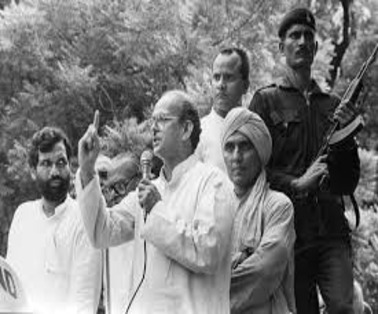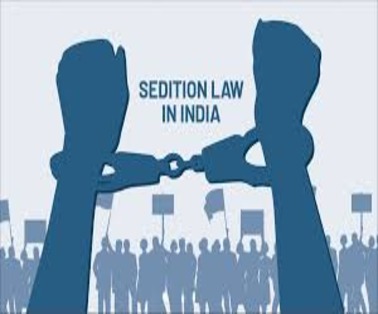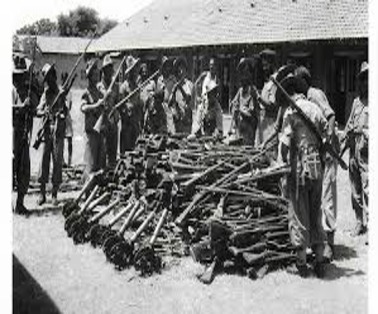With the second phase of the caste survey beginning in Bihar and the demand for a caste-based census in India has once again brought Mandal Commission to the forefront.
Mandal Commission

Background Of Mandal Commission
- The idea of caste-based reservations was first proposed by William Hunter and Jyotirao Phule in 1882
- It was put into practice through the Minto-Morley Reform in 1909, the Government of India Act in 1919, and other British reforms.
- However, the reservation system that is currently in use, was only introduced in 1933 when the “Communal Award” was presented by British prime minister Ramsay Macdonald, and it also served as the Poona Pact.
- Since reservations were initially only offered to those who fell under the SC and ST categories after independence, this policy did not extend to all affected castes.
- Following the Mandal Commission‘s recommendations, the innovative reservation policy was implemented in 1991.
- This was seen as a significant step for the advancement of all underprivileged castes and included OBC as well.
Recommendations Of Mandal Commission:
- Using 11 indicators – social, educational and economic – the commission identified 3,743 different castes and communities as members of Other Backward Classes.
- The OBC Category, it estimated, comprised 52 percent of the total population.
- Among its key recommendations were a 27 percent reservation in government jobs, schools and colleges – a quota also applicable to promotions at all levels.
- Meanwhile, the reserved quota that remained vacant was to be carried forward for a period of three years and de-reserved thereafter.
- Many of the OBCs mentioned in the list were the ‘occupation’ castes – Dhobi, Lohar, Teli, etc. The OBC status also varied from region to region.
- While the Banias were on the OBC list in Bihar, they were left off the list in other states; Similarly, Jats were marked OBC only in Rajasthan.
- The Mandal Commission had also recommended land redistribution and change in relations of production
- OBCs should be provided age relaxation similar to SCs and STs.
Indira Sawhney Case
- In this case the Supreme Court held the 27% reservations for OBCs as constitutionally valid but with certain conditions:
- The court held that the reservation must be in the four walls of 50% cap and should not be extended in promotions.
- The concept of creamy layer was also introduced by the court to exclude well-off people from the community.
- The carry forward rule (by which unfulfilled vacancies are filled in the upcoming year) should not breach 50% ceiling.
Current Status
- After year, there pertains gross inequity in how the benefits of the reservations are enjoyed by different communities within the OBC.
- A parliamentary panel on the Welfare of OBCs had in its February 2019 report noted that in spite of four revisions of the income criteria since 1997, the 27 per cent vacancies reserved in favour of OBCs were not being filled up.
- The committee said the data received from 78 ministries and departments regarding representation of OBCs in the posts and services of the central government as on 1 March 2016 reflected poor OBC occupancy levels in central government ministries.
- According to this government data, of the 32.58 lakh government employees (which includes Group A, B, C), the number of those from OBCs are 7 lakh — 21 per cent of the quota as against 27 per cent.
- The maximum number of OBCs — 6.4 lakh or 22.65 per cent — are employed in Group C, which comprises mainly the safai karamcharis, e., the sanitation department staff.
Mandal Politics
- It was a politics initiated by historically marginalised OBCs (Other Backward Classes) or Bahujan caste groups in the 1980s and 1990s in order to secure a greater share of political and economic power through reservation in the public sector.
- It has transformed the caste profile of State legislatures and Parliament towards greater inclusivity of previously subordinated groups.
- It has shifted the political discourse towards a universal acceptance of OBC reservations even among those who initially opposed it
- The movement was named after the Mandal Commission.
Caste Census
- A caste census is basically the counting of people belonging to different castes in a particular marked area.
- With this two-phase exercise, the Bihar government will try to get numbers of people belonging to SC, ST, and OBC communities and their financial status among other important things.
- The exercise is termed ‘Jaati Aadharit Ganana’. People belonging to every religion and caste will be covered during the exercise.
To Download Monthly Current Affairs PDF Click here
Get Inspiration from CLAT 2025 Topper
Click here to get a free demo
Everything About CLAT 2025
Frequently Asked Questions
The Mandal Commission was established in India in which year?
The Mandal Commission was established in India in 1979
Mandal Commission was headed by?
Mandal Commission was headed by B. P. Mandal
Mandal Commission is also known as:
Mandal Commission is also known as Socially and Educationally Backward Classes Commission



